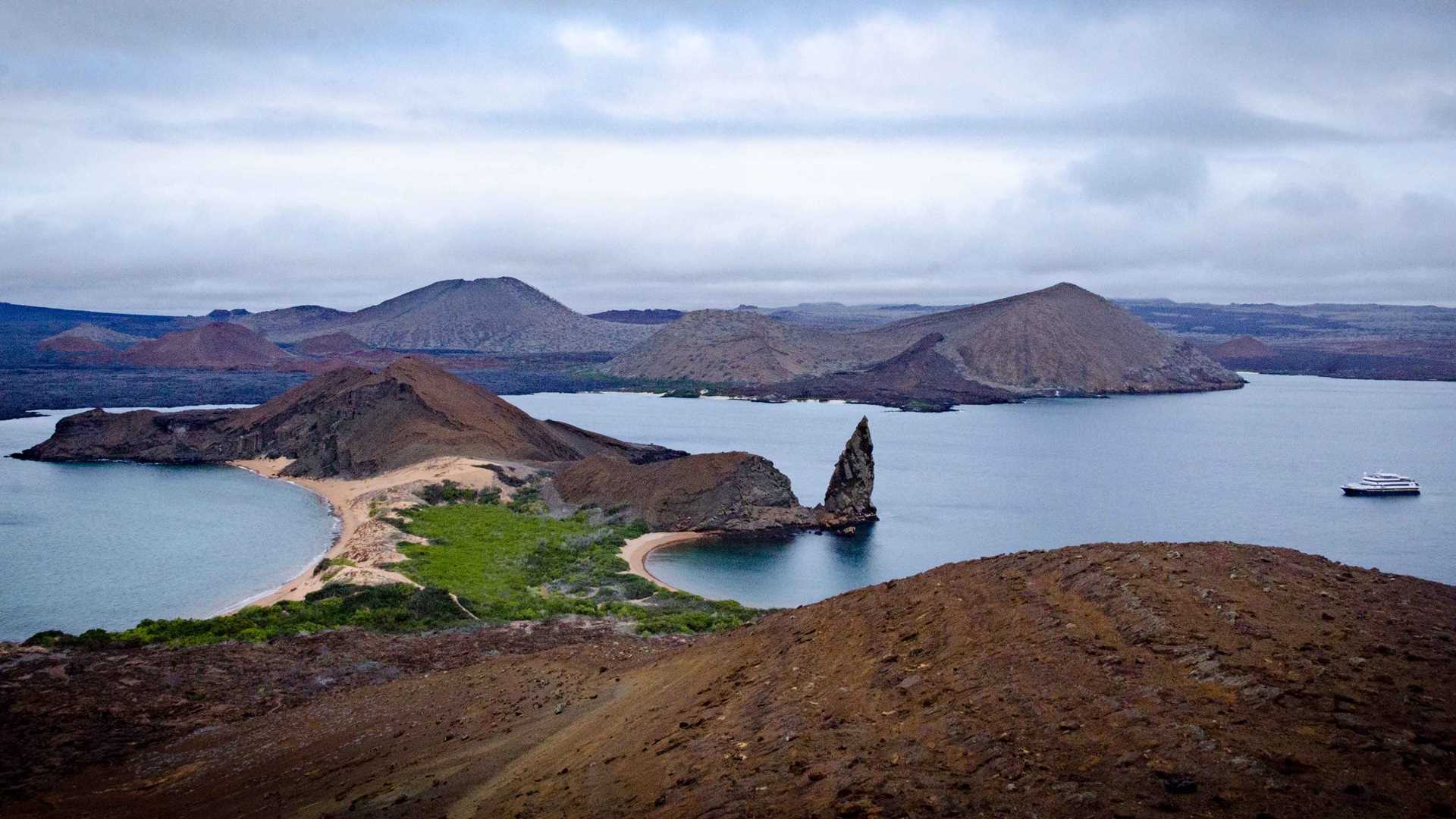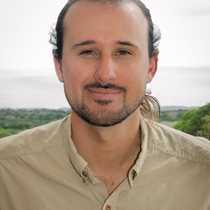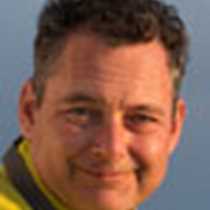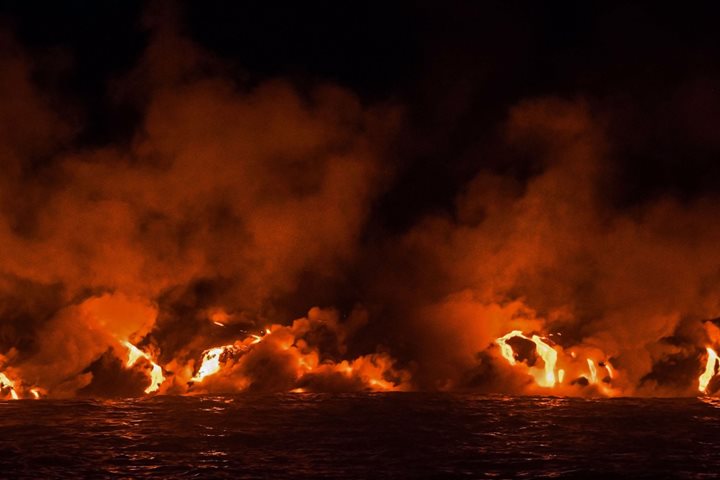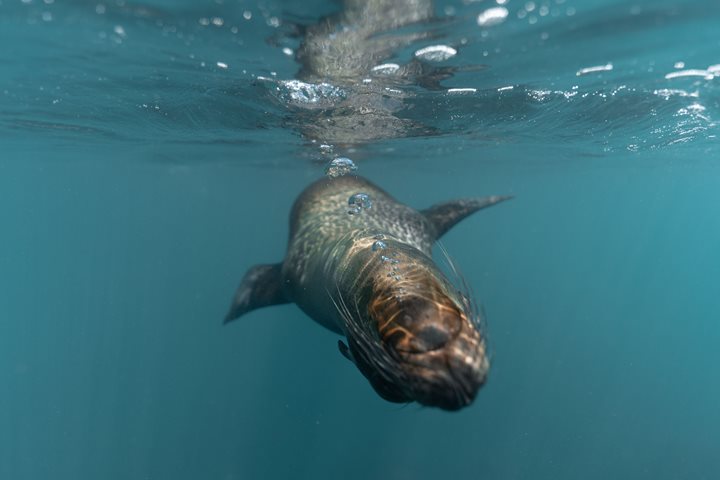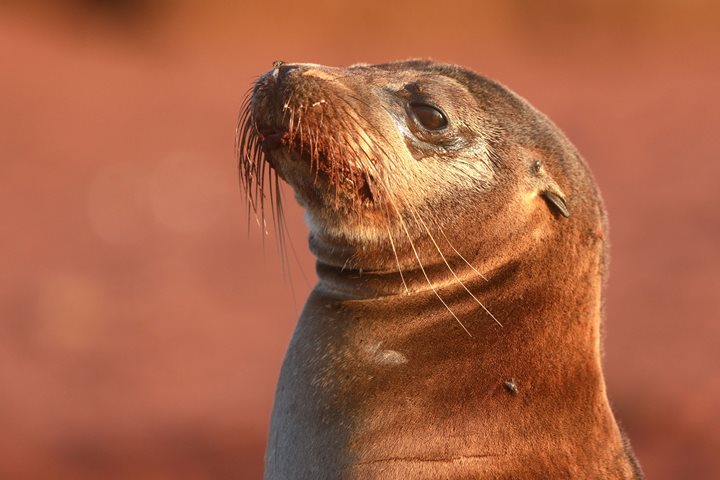We explored Bartholomew, on the west coast of Santiago Island and made our way to the highest point on the islet to take in the scenery during the early morning hours. Conditions for snorkeling where outstanding, and our guests took full advantage of this opportunity right after breakfast. For lunch we had an Ecuadorian feast, and as we dined our ship navigated to Rabida Island. Here, we had our second snorkeling session of the day and our first opportunity to kayak. We closed the day walking on Rabida’s red sand beach among resting Galapagos sea lions.
- Daily Expedition Reports
- 02 Sep 2019
Bartholomew and Rabida Island, 9/2/2019, National Geographic Islander
- Aboard the National Geographic Islander
- Galápagos
Benjamin Ayala, Naturalist
Ben is a German-Ecuadorian naturalist guide who grew up on San Cristobal, the eastern-most island of the Galápagos Archipelago, home to the political capital of the province.
Read MoreDexter Sear, Videographer
Dexter grew up in England where a love for exploring the countryside ignited a lifelong passion for discovering natural history and embarking on adventure. As a teenager, two trips to India sparked a fascination with insects and a desire to share a “...
Read MoreShare Report
Related Reports
11/23/2022
Read
National Geographic Islander II
Isabela and Fernandina
Our day began with the chance to point out a lot of interesting geological features as we enjoyed Zodiac tours along a massive flank of Ecuador Volcano on Punta Vicente Roca. In the afternoon, we took a sunny walk on Punta Espinoza on Fernandina Island. We spotted many iguanas, and a bunch of sea lions hanging around, too.
11/22/2022
Read
National Geographic Islander II
North Seymour & Rabida Islands
Relatively small and low compared to neighboring Santa Cruz, North Seymour is located to the north of Baltra. The island is dry with predominantly low shrubs, like prickly pear cacti. The incense trees are bare during the dry season. Seabirds like frigatebirds and blue-footed boobies nest on the island, and sea lions rest on the sand when they are not fishing. Land and marine iguanas also live here. Rabida is in the middle of the archipelago and has a striking red sand beach. We observed a small colony of sea lions of all ages resting or nursing. Behind the beach, American flamingos nest in a brackish lagoon. This island is full of contrasts and wildlife that we enjoyed observing during this day of expedition.

